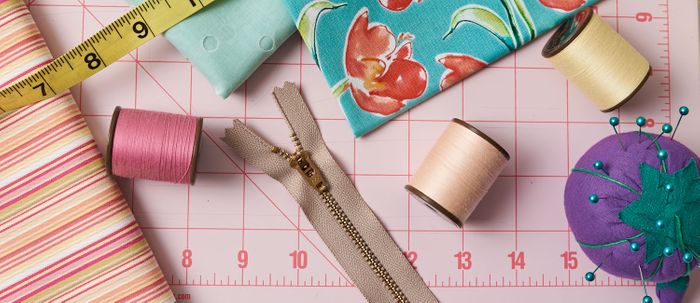Essential Sewing Tools: Scissors and shears

Threads Contributing Editor Judith Neukam provides an overview of the most useful scissors and shears for garment sewers. Find out which types are worth the investment when you begin sewing, and which you can wait to purchase.
Basic shears
If you could buy only one pair of scissors, you should opt for a pair of 8-inch shears, Judy says. She shows a range of these shears, from inexpensive to costly. They come in many styles, including those with spring-loaded handles to reduce hand strain; softer handles; and different types of metal and blade styles.
There are benefits to investing in the more expensive types: They have sharper edges and points, and, in many cases, they can be returned to the manufacturer to be sharpened and realigned when needed. The most expensive choices tend to hold their sharp edges longer, so you’ll be able to enjoy the shears for decades.
Specialty scissors
Judy suggests that you consider other scissors to improve your sewing experience and results:
• Small mending scissors, about 4 inches to 5 inches long. These have sharp, narrow points, and are good for clipping into corners and trimming close to stitching.
• Micro-serrated scissors. These make it easier to cut slippery fabrics accurately. They come in smaller and 8-inch varieties.
• Thread snips with spring action. Keep a pair by your sewing machine to clip threads efficiently, so you won’t have to go back and do so when the garment is finished.
• Pinking shears. These are not essential, but they are nice to have. They enable you to create quick, low-bulk seam allowance finishes.
• Appliqué scissors. The pelican-bill blades are intended for close trimming, as around appliqués. The wider blade slides under the layer to be trimmed and prevents you from cutting a hole in the layer beneath. They’re helpful…






I'm convinced that spendy scissors (at least the 8-inch and larger kinds) are like chef's knives and pans--it's important to handle them before investing the big bucks. In my case (small hands), the traditional handles "fit" better than the big finger loops on the Kai (for example). Your mileage may vary, but the older I get, the more emphasis I place on comfort.